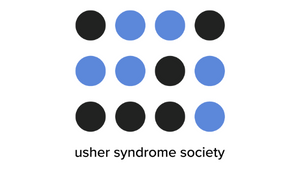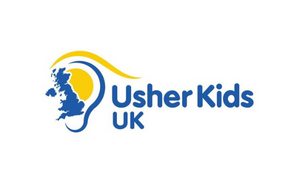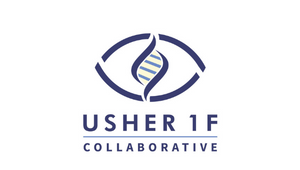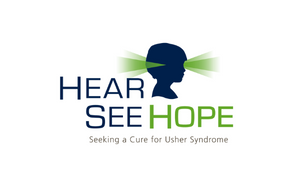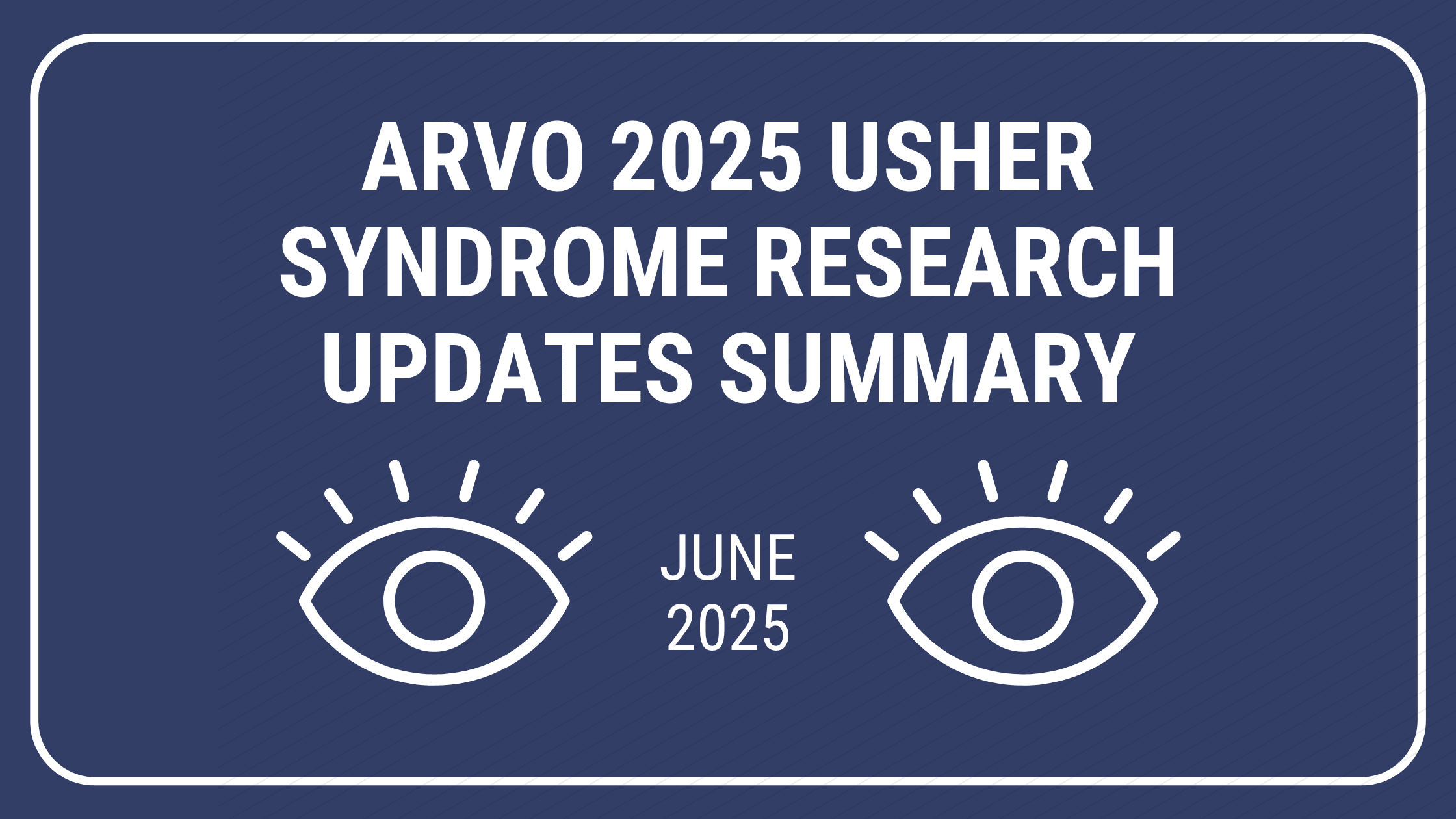
The annual Association for Research in Vision and Ophthalmology (ARVO) conference was held in Salt Lake City this May. This conference is attended by over 10,000 people and brings together scientists, physicians, and patient advocates to share the latest scientific advances and clinical results about vision research. Several researchers who are studying Usher syndrome presented their latest findings at ARVO this year. The work they presented is summarized briefly below, with the full list of presented research available here.
USH1 results presented at ARVO 2025:
- Francesca Simonelli and colleagues report early results from the LUCE-1 trial, which is a Phase I/II trial for a MYO7A dual vector gene therapy for USH1B. The goal of this trial is to determine if the therapy is safe and effective. Although only two patients have been treated so far, Dr. Simonelli reported that there have been no safety concerns.
- Jennifer Lentz, Madeleine Pickens, Bhagwat Alapure, Dongjoon Kim, and their colleagues reported several results related to their work on USH1C. They are working on a natural history study which is focused on understanding how vision changes over time for individuals with USH1C. This study will guide the design of future clinical trials for USH1C. In addition, they have created a mouse model which has a mutation in USH1C that is commonly found in Acadian populations of south Louisiana and Canada (USH1C c.216G>A). This has helped them test two potential genetic treatment strategies for USH1C: one of these strategies is effective only for the mutation responsible for USH1C in the Acadian populations of south Louisiana and Canada, while the other strategy could treat all subtypes of Usher Syndrome. To test which of these strategies is the most effective, both were tested in a mouse that has mutant USH1C. All of these results will help guide Dr. Lentz and her colleagues in designing future clinical trials.
- Maryna Ivanchenko, Xinlan Chen, and their colleagues have created a small version of PCDH15 that is able to fit inside an adeno-associated virus (AAV) as a potential USH1F treatment. Previously, they showed that this mini version of PCDH15 was partially effective in restoring hearing in mice with mutant PCDH15 (link to our Science News update about this here). Now, they have delivered this mini-PCDH15 gene therapy to zebrafish that have mutant PCDH15 and showed that it was able to preserve photoreceptor health and morphology. They also tested the therapy in monkeys and reported that mini-PCDH15 was expressed well in photoreceptors and that the treatment was safe. These findings will pave the way for future clinical trials.
- Vasil Kostin measured vision and retinal health using non-invasive methods in 23 patients with USH1B. These results aid in understanding how different mutations in the MYO7A gene can lead to different visual outcomes for patients.
- Erin C. O’Neil followed several pediatric patients with USH1B to determine how their vision and retinal health changed over the first decade of life. This information helps scientists and clinicians design clinical trials for USH1B therapies to ensure the correct readouts for retinal health are being measured.
- Celia Bisbach and colleagues are working to develop tools that will enable USH1B to be studied in retinal organoids (these are like little retinas that can be grown from human cells in a dish). This will make it possible to use retinal organoids to develop and test therapies for USH1B.
- Alanna Sullivan and colleagues are using zebrafish to study USH1B. Zebrafish are a good animal to use to study Usher Syndrome syndrome because their light-sensitive photoreceptors share some important structural similarities with human photoreceptors. They report that when the zebrafish version of MYO7A is mutated only in the retinal pigment epithelium and then the zebrafish are exposed to a retinal stress, there is increased retinal degeneration. This shows that MYO7A may have important roles in the retinal pigment epithelium. This work is important because it helps researchers determine which cell types should be treated with potential USH1B gene therapies.
- Uwe Wolfrum and colleagues tested a gene therapy for USH1C in pigs that have mutant USH1C. They found that the therapy only slightly increased the levels of USH1C and found that retinal damage occurred during treatment, which made it challenging to determine if the therapy was effective. These results will help Dr. Wolfrum and his colleagues in designing future USH1C therapeutic strategies.
- Paul Chyrstal and colleagues have created zebrafish with mutant PCDH15 (USH1F) so that they can use these to study the role of PCDH15 in photoreceptors. In zebrafish with mutant PCDH15, they found that the photoreceptors became very disorganized and unhealthy. This shows the importance of PCDH15 for maintaining photoreceptor structure.
USH2 results presented at ARVO 2025:
- Yue Dai and Qin Liu tested if a gene editing strategy could be used to “cut out” a mutated portion of USH2A and allow a slightly shorter but healthier version of the protein to be produced. This strategy could be useful for individuals with mutations in exon 13 of USH2A (which between 30-48% of individuals with USH2A have). This therapy worked well when tested on cells grown in a dish, and is currently being tested in mice.
- Jun Yang and colleagues used retinas from cows in order to identify which other proteins physically interact with certain USH2 proteins (Usherin, which is mutated in USH2A, and ADGRV1, which is mutated in USH2C). These results help scientists understand the reason photoreceptors become unhealthy in USH2A and USH2C.
- Jesus Santiago Vidaurri-Martinez and colleagues used non-invasive imaging techniques to monitor the retinal health of several children with USH2A between the ages of 0-10. They hope that this information will help us to better understand the timing of retinal degeneration and vision loss in USH2A.
- Yeachan Lee and colleagues used non-invasive retinal imaging techniques to monitor retinal health in rabbits that have mutated USH2A. By understanding how USH2A affects the rabbit retina, it enables rabbits to be used to study USH2A and test potential therapeutics.
- Rosella Valenzano and colleagues generated retinal organoids carrying patient USH2A mutations. They found that these organoids had disruptions in other USH2 proteins in the photoreceptors, as well as stress in another retinal cell type, the Mueller Glia. They plan to use these retinal organoids to test USH2A therapies.
- Kristen Ashworth and colleagues created retinal organoids from stem cells donated by USH2A patients. They found that these USH2A retinal organoids had less healthy photoreceptors. They plan to follow up these results by conducting a more detailed study to understand the cause behind the photoreceptor abnormalities.
USH3 results presented at ARVO 2025:
- Ronald Gregg, Susan Bolch, and their colleagues created a pig with mutant USH3A. This is useful because there are currently very few animal models for USH3A, making it difficult to study. Retinas from pigs with mutant Clarin1 seem to be more vulnerable to mechanical stress. Overall, these pigs will help researchers understand how vision loss in USH3A progresses and will be useful for testing potential USH3A therapies.
- Yeachan Lee and colleagues created a rabbit with mutant USH3A. They carefully measured retinal degeneration in this rabbit over time to understand how USH3A in this rabbit model progresses. This will enable them to test USH3A therapies using these rabbits and understand if the therapies are effective.
- Kirill Zaslavsky and colleagues performed a study to understand how a specific mutation in Clarin1 (Y63X) affects vision. This subtype is usually found in individuals from Cape Verde, an island country in West Africa. They found that this variant causes earlier onset hearing loss compared to other Clarin1 mutations. They also found that although many individuals with this variant that causes USH3A were legally blind by their 30s, they had preserved central vision.
Other Usher Syndrome-related results presented at ARVO 2025:
- To date, at least 10 different genes have been identified that lead to Usher syndrome when mutated. Niusha Kasiri and colleagues are working to determine if there are additional genes that also cause combined deafness and retinal degeneration when mutated. Identifying these genes is important, because in rare cases individuals who have symptoms of Usher syndrome (hearing loss, vision loss, and balance problems) don’t have mutations in any of the known Usher Syndrome genes. 21 candidate genes that might cause hearing and vision loss were identified in this study and will be investigated further.
- Gabriela Doná Rodrigues and colleagues examined a dataset of 3,283 Brazilian individuals and found that USH2A was the second most common cause of inherited retinal degeneration. This information provides guidance for clinicians and those developing gene-targeting therapies in Brazil.


